 It may be exactly 10 years. I don’t recall the exact date but it was a Thursday in October 2003 that five men gathered at 7:30 a.m. to start learning Kabbalah together. What could be more traditional than five men, each of us well over 40 years old, gathering early in the morning trying to decipher a dense text on the Kabbalah?
It may be exactly 10 years. I don’t recall the exact date but it was a Thursday in October 2003 that five men gathered at 7:30 a.m. to start learning Kabbalah together. What could be more traditional than five men, each of us well over 40 years old, gathering early in the morning trying to decipher a dense text on the Kabbalah?
This past Tuesday night Rabbi Tirzah Firestone, our fall scholar-in-residence, led us in a teaching of a dense and difficult text from the Zohar. There were more than 50 of us in attendance and again, everyone was over 40 years old, but with the exception of 4, all were women. The Zohar teaching is about the process of our personal weaving of a garment of light—an aura that acts as the form that transports our essence on the journey following death.
What caught my attention this past Tuesday night was not the gender proportion, or the contrast from October 2003 to October 2013. What caught my attention was the willingness of our students to share openly and without reserve spiritual experiences around death and dying. These experiences may well have been singular in their lives but as a community of participants we were weaving together stories that not only elucidated the text of the Zohar; the sharing of these stories confirmed that the many “singular” experiences are made of the same cloth that envelops us all (if you were not in attendance this Tuesday and would like a summary, email me david@kabbalahexperience.com).
Some months after the start of the first class (of men) in 2003, one of the men shared a story with us that he had never felt comfortable sharing with anyone—it was a story of a prophetic dream he had when he was 7 years old! This past Tuesday it became clear: If you build it the stories will come. Building it—if it is a baseball field—will allow baseball players to come to a field of dreams. Building a community of spiritual seekers willing to share, often intimately, requires more than a groomed infield, a manicured outfield and a backstop. It requires the building of trust. Then and only then are people willing to share their experiences. Then, people will share their experiences and deepen their understanding about themselves. Then, people will listen to others and open themselves up to new awareness—which in turn leads to new experiences.
This evening, 8 men will gather together to start the first intentional men’s kabbalah class. Among them are 4 men from the original group that started in 2003. They are returning to kabbalah study—the study has changed and I am sure so have they, and so have I. What has not changed is the way we will go about learning with and from each other. The basis of that building is trust.

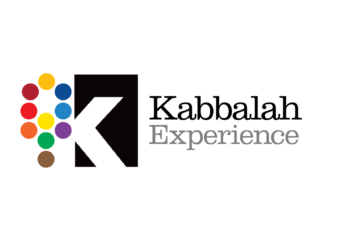
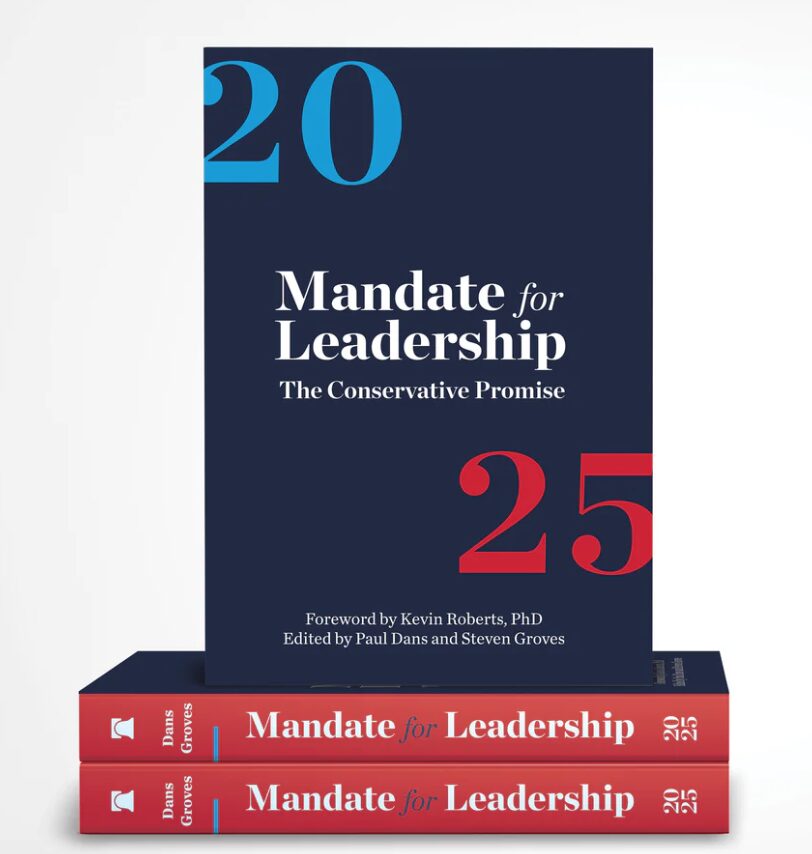
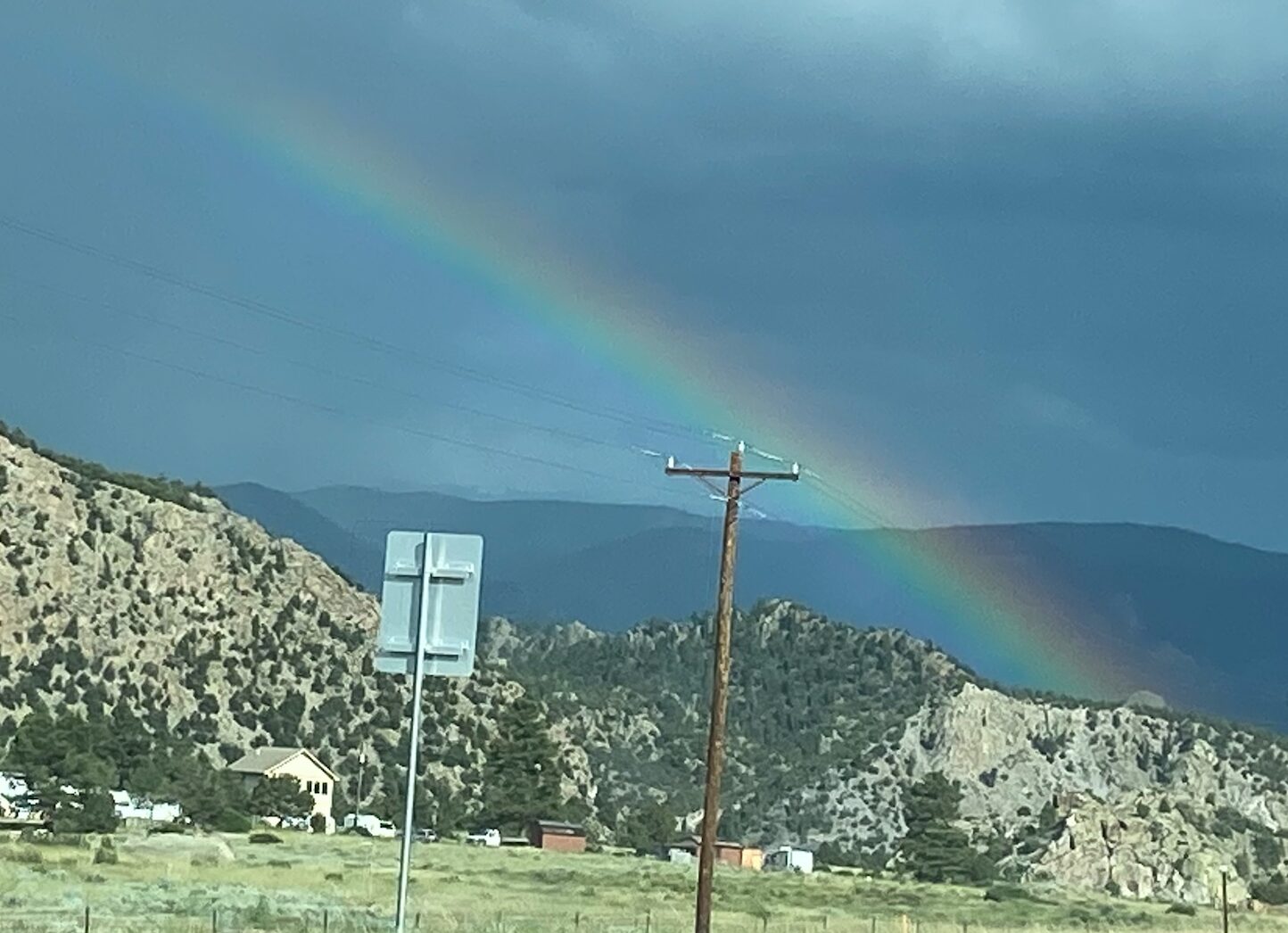
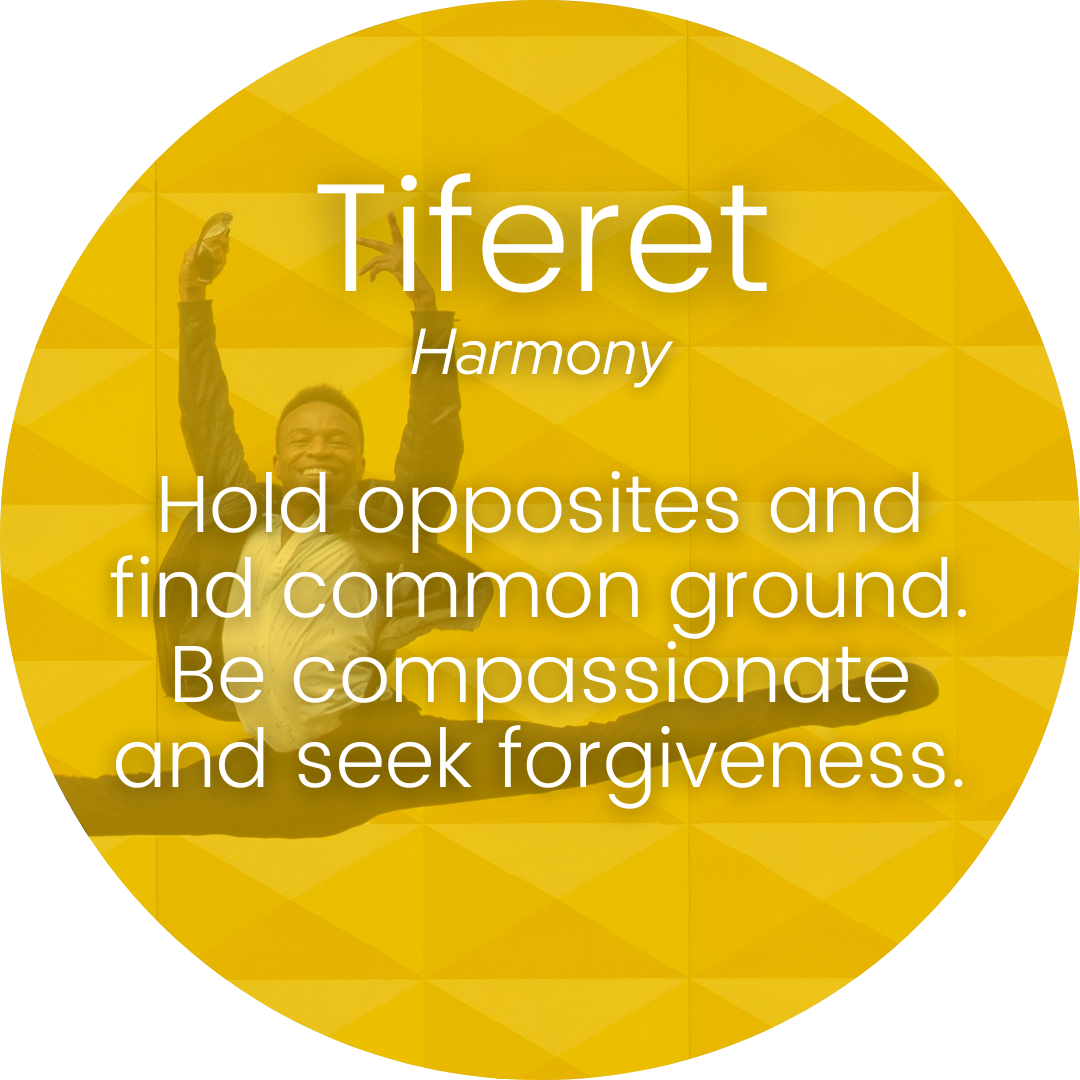
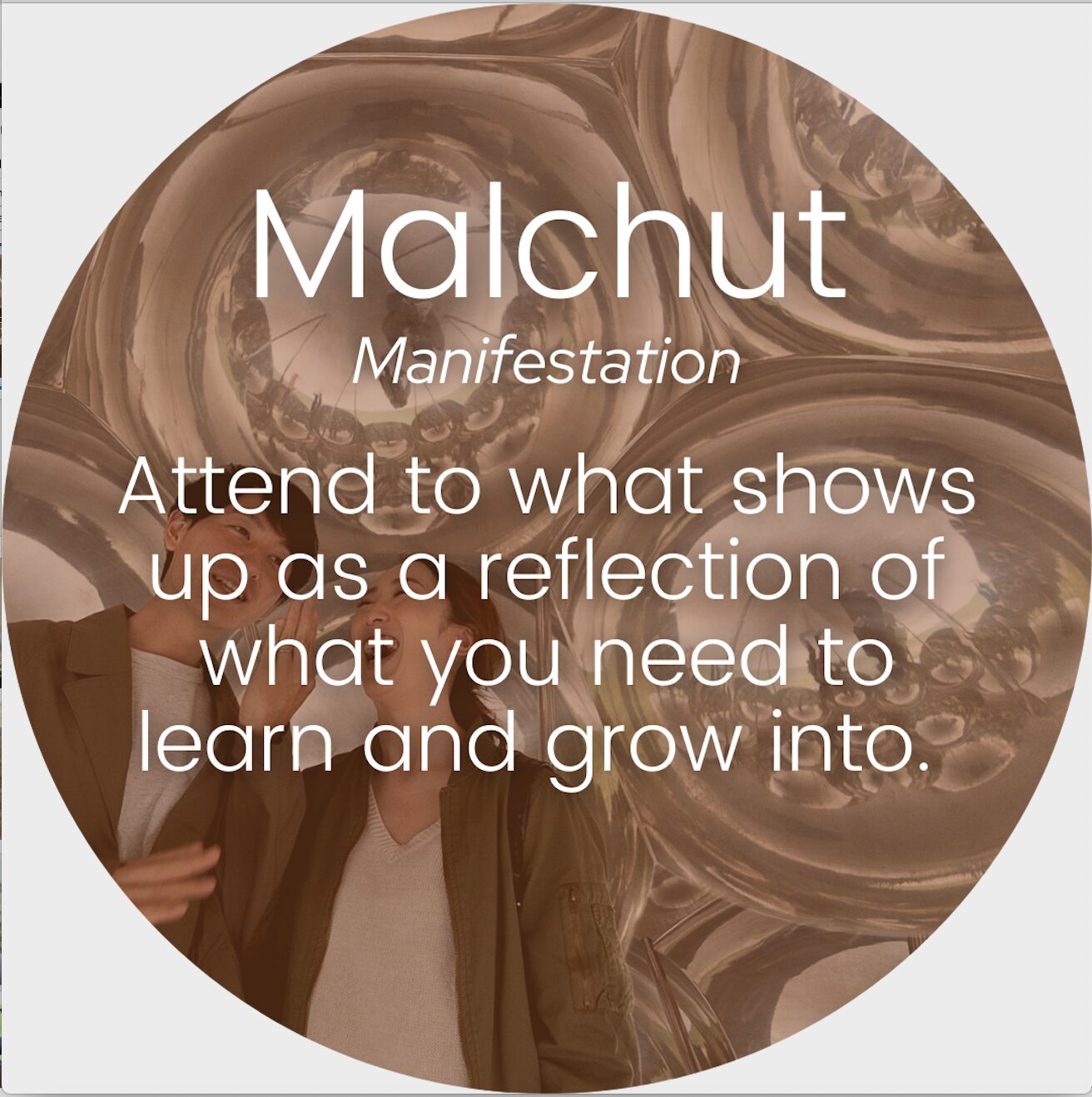
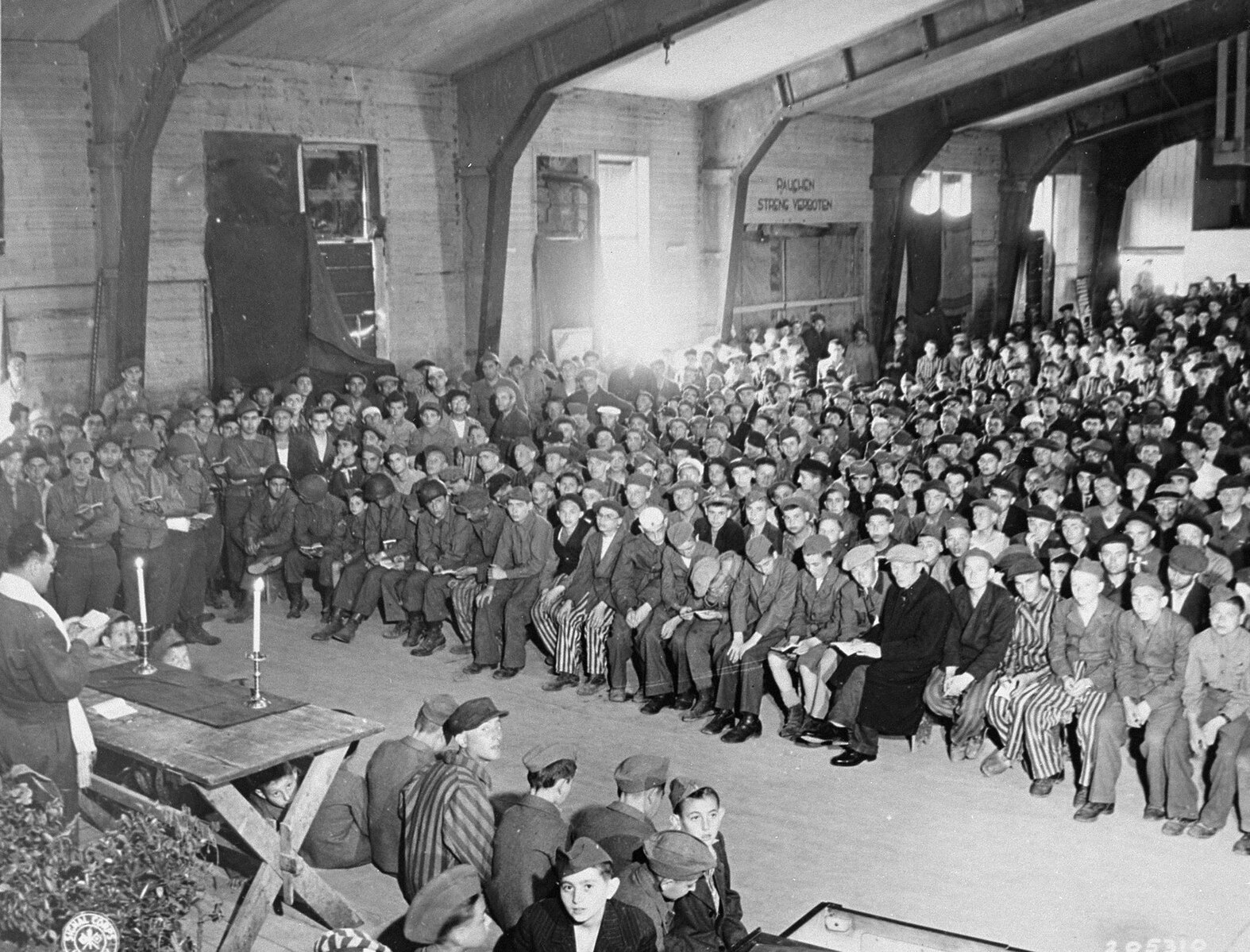
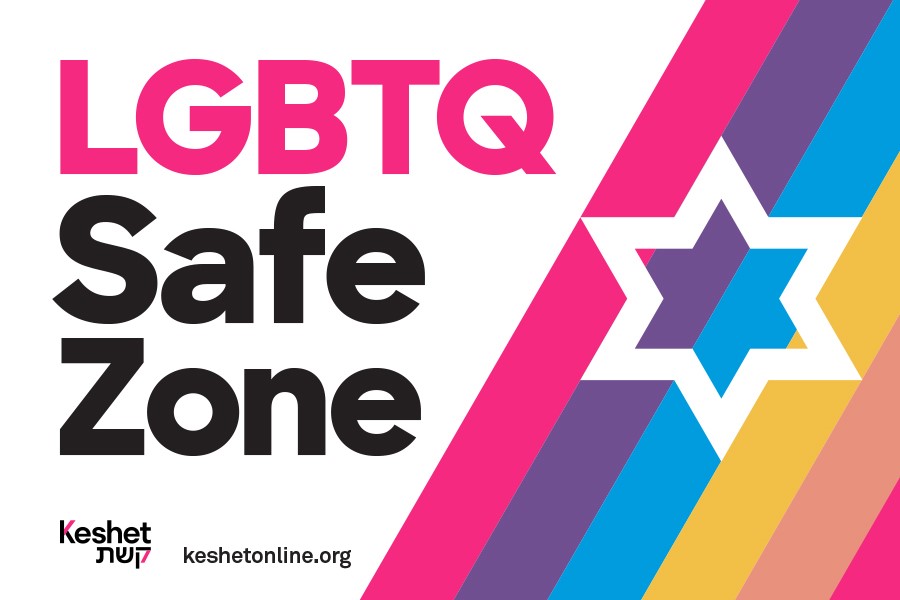
0 Comments